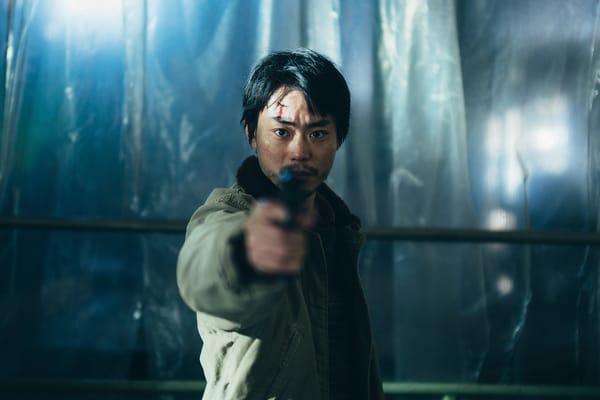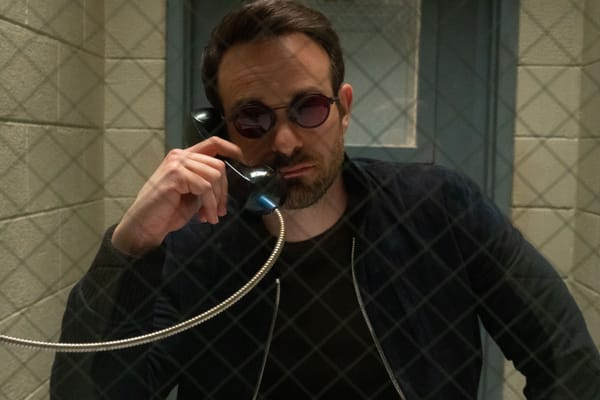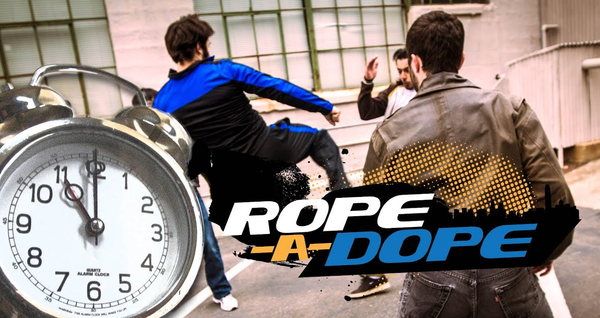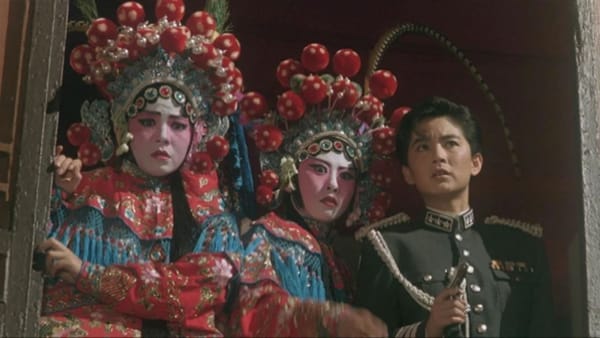Polygon Exit Interview: Matt Leone, Special Projects Editor
Polygon's former special projects editor has a new site devoted to video game oral histories

Welcome to Polygon Exit Interviews, a series of chats with my excellent former Polygon employees who were laid off (along with me) when Valnet purchased the website from Vox Media May 1. We’re talking about how these talented people got to Polygon, what they did in their time there, and what they hope is next.
Next up: Matt Leone, who was one of Polygon’s longest-tenured employees. As special projects editor, Matt led some of Polygon’s best packages and features, and wrote books on Final Fantasy VII and Street Fighter 2 in his time with the website. Matt now has a new venture, Design Room, a website dedicated to video game oral histories.
This interview has been lightly edited for length and clarity.
Tell me about your pre-Polygon background.
I started writing about games when I was like 10 years old, give or take, with print fanzines back in the very early days. I had a fanzine called Game Over. It went through like three or four different names, at one point it was called Gaming News. It was so good that I misspelled the title on the cover. I did that for a few years in junior high school, just printing it out on my grandparents’ printer. And then I started making fan sites a little bit later at Event Gaming, I did some contract work with Gamers.com when that was first starting up, and then I got an internship at Official Xbox Magazine. That led to a job at 1UP, where I worked for about 10 years. And then that eventually led to a job at Polygon, where I worked for about 13 years.
What attracted you to the gig at Polygon?
I had gotten laid off. 1UP had a very slow, clear decline for a number of years. There were bigger bumps in the road, and there were times when it was a little calmer, but you could see it was coming to an end for a number of years. I stayed longer than most, fortunately in a lot of ways.
So I got laid off there, and then just went to see what was available. And fortunately, that was right when Polygon was starting up. It was a very quick turnaround. I had pretty good luck, moving from one to the other.
What do you remember about the environment in the early days at Polygon?
There were eight co-founders. I was kind of the next wave after that. They were trying to do a lot of interesting things. They had a big news team building up. They had a features team, which I was part of. It was interesting in that they were trying to be a more grown up, mature version of the blogs that they had come from in a lot of ways. I thought they did a lot of really interesting things in terms of the layouts and the design and some of their news processes and some of their editorial goals.
Some of that changed a lot over the years. There are some sites that are pretty consistent from beginning to end, and not that Polygon is over, but it has definitely changed quite a bit over the years. Like every maybe three years, it seems to change pretty significantly. So in some ways, that kept it interesting, whereas I was kind of doing the same thing most of the time, so I, in some ways, was able to ignore those changes. But it was interesting to a part of.
Can you run me through your history at Polygon – what roles you had, and what each entailed?
I started on the features team, I think as Deputy Features Editor. I was basically the number two guy on the features team. A couple of years later, I took over the team, which was essentially just me for a number of years.
Later on, that role changed into being part of the Special Projects team. That was still partially a features thing, but also dealt with sponsorships and packages. But I don’t think the titles reflect how the work changed. It was more that as the site changed, what I did changed more than the titles did.
There were times when we were doing Polygon cover stories, which I organized. At one point those were like magazine-style packages you could flip through, and at another point they were just big, long form features that had a lot of resources behind them. The types of features we were doing, and the packaging and presentation of them, changed every couple of years in their own way. But in terms of what I was writing and assigning to freelancers, a lot of it was very similar – looking behind the scenes of stories of people who make games.
Brag about yourself: what’s one thing you’re proud of from your time at Polygon?
This kind of gets into what I'm working on now. The oral histories that I was doing at Polygon were, I would say, the most successful things I did in terms of getting people to read them. People like the format. They were also very expensive. So success is, I guess, a tricky term there. I did a Final Fantasy VII oral history. I did a Street Fighter project where we did like six or so big oral histories. Both of those became books. I also worked with a bunch of freelancers on other oral histories. That's essentially what the new site is, continuing the work we were doing with those in a new place.
Do you have any favorite memories from pulling those together?
I was trying to do something a little bit different each time. When the Street Fighter one came along, a big part of that was trying to interview as many people as we can who worked on this game. But on top of that, we also wanted to give it time to breathe, and see what was missing as certain interviews come through, figuring out how many other people we need to reach out to, to fill in those gaps. All those different factors made it interesting to work on.
It was also interesting from a packaging perspective, because we hired the guy who did the original SNES Street Fighter II box art to illustrate the story. He unfortunately passed away a few years ago.
When the Final Fantasy story came around, it was like, OK, well, we went pretty big with Street Fighter. What can we do that was different? So instead of doing the same thing with the illustrations on Final Fantasy, we decided to play up photography. We hired a couple photographers who went around and took photos of all these people who had worked on the game, which was very expensive, because we couldn't get them all together in one day. It was cool, because it's not the kind of thing people were typically doing. It gave it a very different kind of feel visually. But really, the reason those stories stand out to me is we put a lot of time and and resources into them, and that was the most fun part of it.
Do you have a favorite Polygon story or video by someone else?
I don’t want to commit to one, there are definitely a bunch. I remember there was one with a freelancer, Blake Hester, who wrote about Neversoft founder Joel Jewett. He went out in the woods with him and spent a couple of days on horseback, riding in boats, and very much embedded in this guy’s lifestyle after he had retired.
We did a bunch of oral histories with freelancers that were really good. We did one on Panzer Dragoon Saga, which I forget the actual number of copies sold in the US, but I wouldn't be surprised if we spent more dollars on that story than people actually spent purchasing the game. It’s one of those games that has this huge cultural footprint, but was just not very successful at the time, just because of the timing and the way the market was going. It was fun to be able to do stuff like that, where we could hire people to work on things that may not have been the most obvious thing, but has a lot of importance.
What do you think is the biggest misconception that people outside the industry have about games journalism?
There was a thing that [former Polygon editor-in-chief Chris] Plante mentioned in one of his interviews recently about how people assume that guides fund everything. And I do agree with that. I don't think it's quite that simple. I think there are a lot more pieces involved in the puzzle, especially on bigger sites that have sales teams and sponsorships and commerce teams and all these different ways of putting the money together.
What’s next for you?
I’m launching a new site, called Design Room. It is an oral history-focused site. It's me and some freelancers helping out, but essentially we're going to do bigger oral histories, as many as I can. The first story is going to be on Shadow of the Colossus, which has its 20th anniversary on October 17.
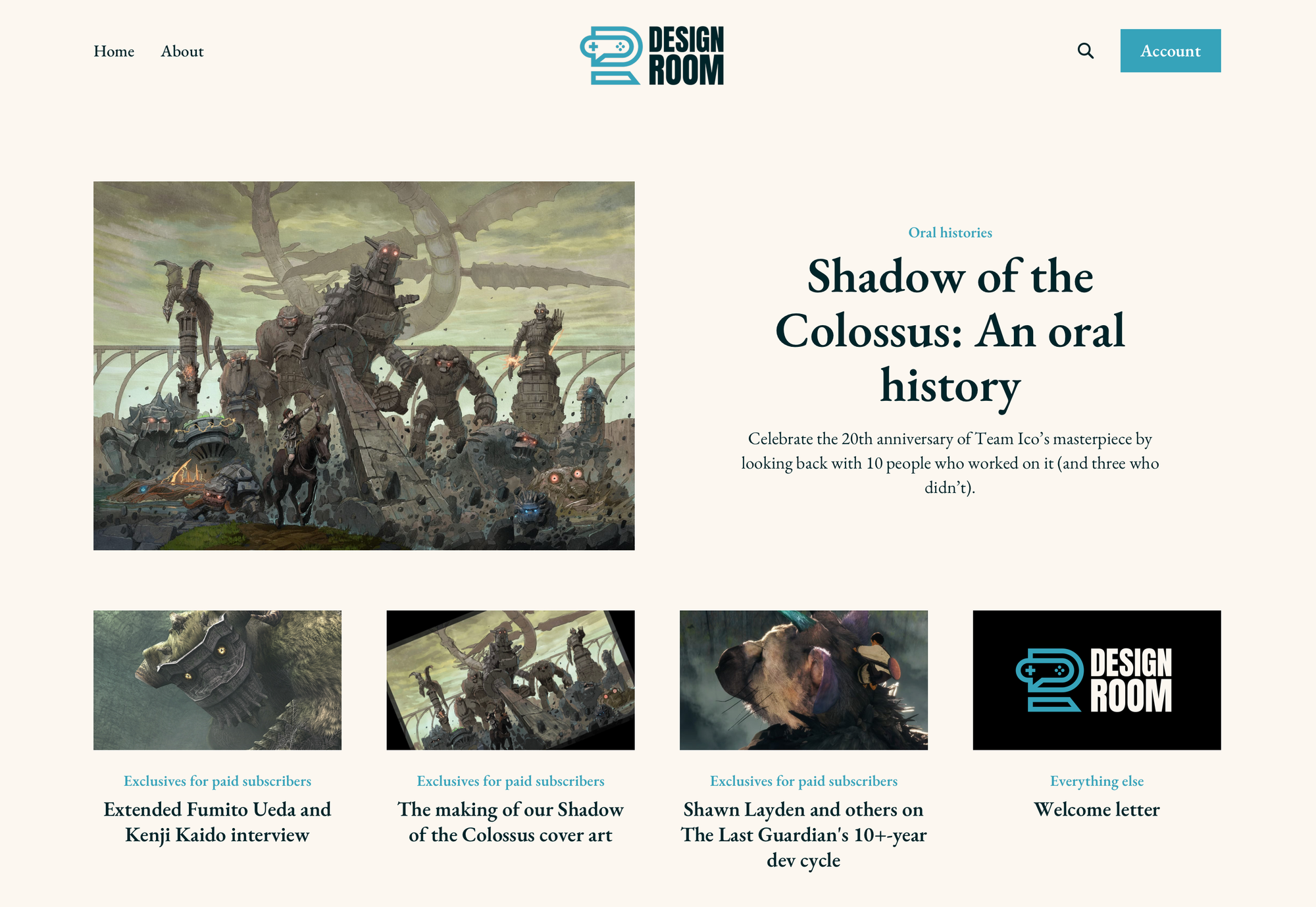
What draws you to oral histories?
The biggest thing for me is the context they give. I think, especially in games, we get a lot of interviews with one person, or interviews that are kind of unedited. Whenever I look on YouTube, there's thousands of interviews with game developers, and some of them are really good, but most of them are not edited down and put in context. Most of them are just like, here's a longer thing. That's obviously easier, because you don't have to do all the extra work to put it together.
The thing I'm trying to do is the harder version of that, where maybe we do an hour interview, but we only use ten minutes of it, and then we put it next to another person's ten minutes. You get those different points of view, you get those different bits of context. I think that makes it more potentially accurate, and certainly a more fair or interesting version of these stories.
It's a crowdfunded site, and the big challenge with that kind of thing is the amount of content. I think that's the reason you see a lot of newsletters, a lot of outlets based around podcasts, things that can be done relatively quickly without a lot of funding behind it, whereas I'm doing the slow version that costs a lot. We’re going to hire illustrators. We’re going to spend a lot of time interviewing as many people as we can. We’re going to spend a lot of time on edits. We’re going to hire interpreters. Hopefully people will see the benefit in that. But if not, that's OK, too. It's what I want to work on.
Where can people follow you and your work?
The website is at designroom.site, and you can follow us on Bluesky.

